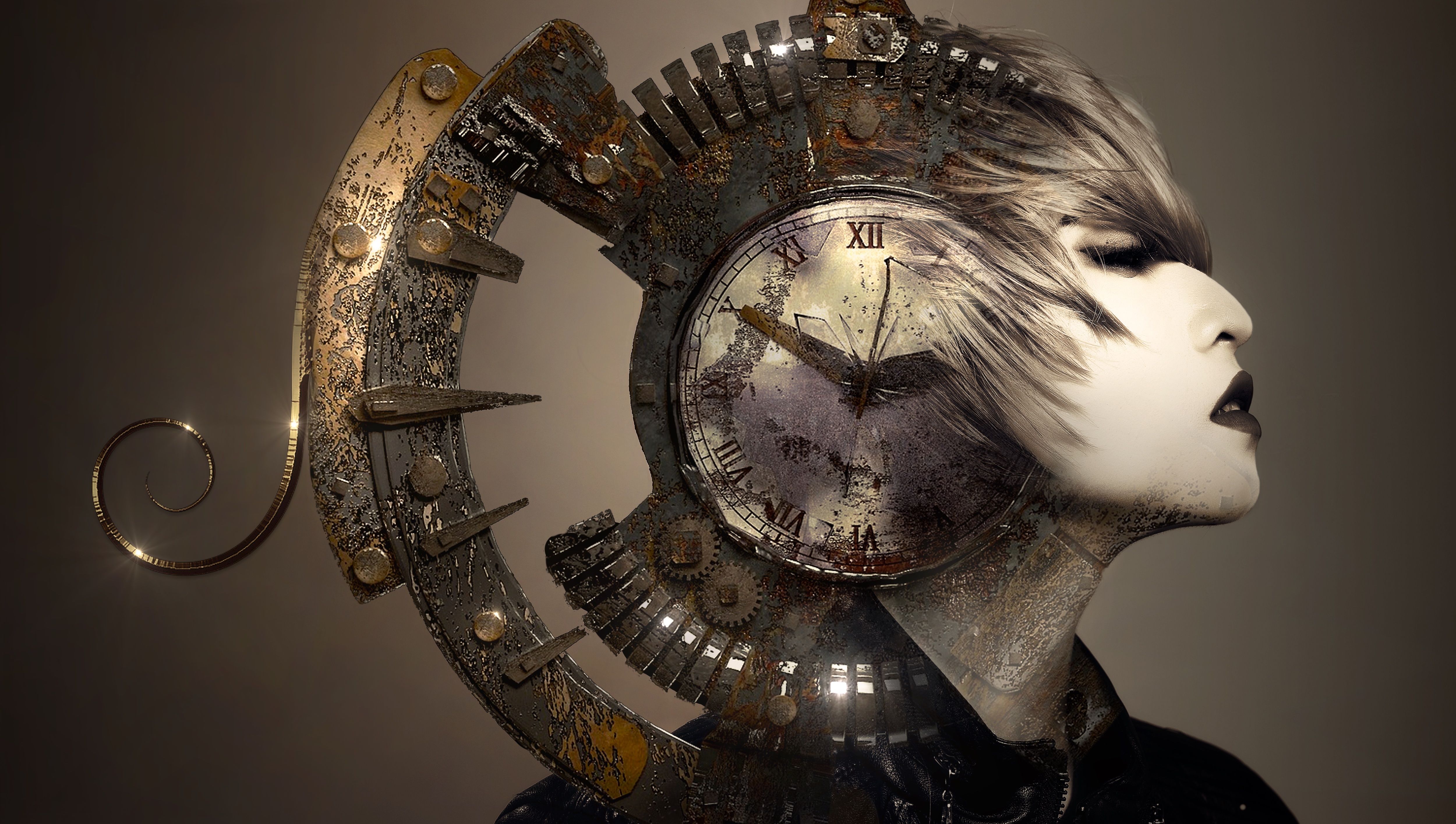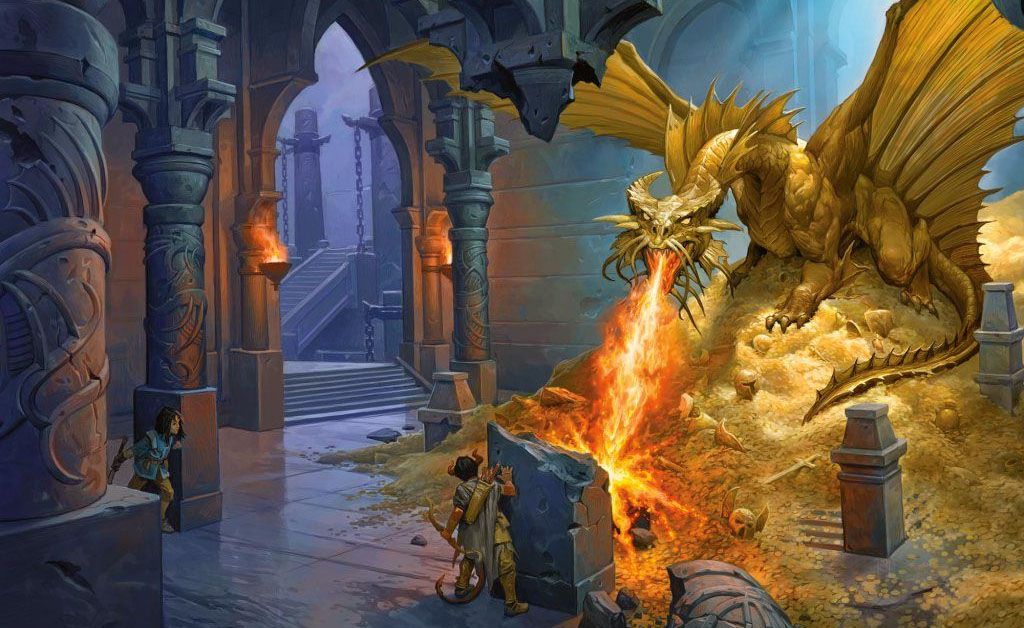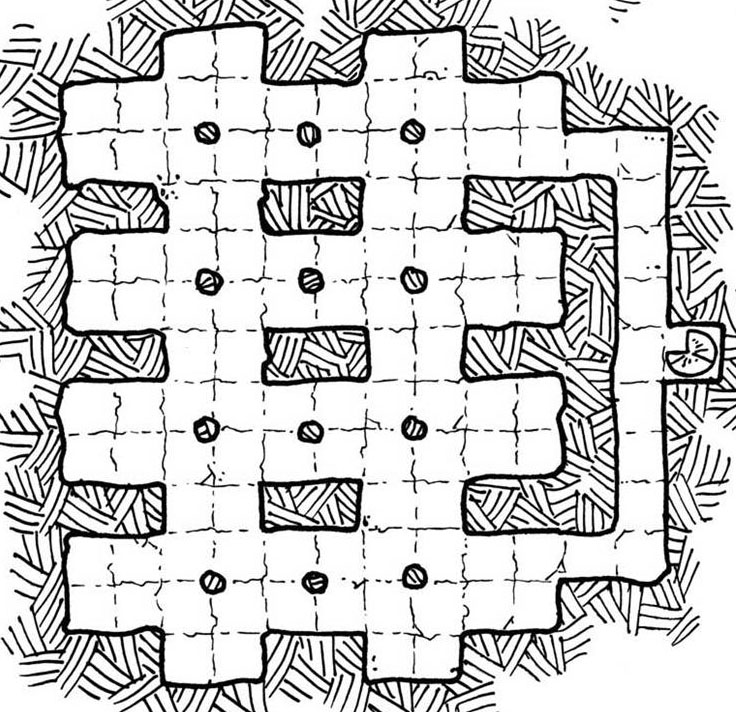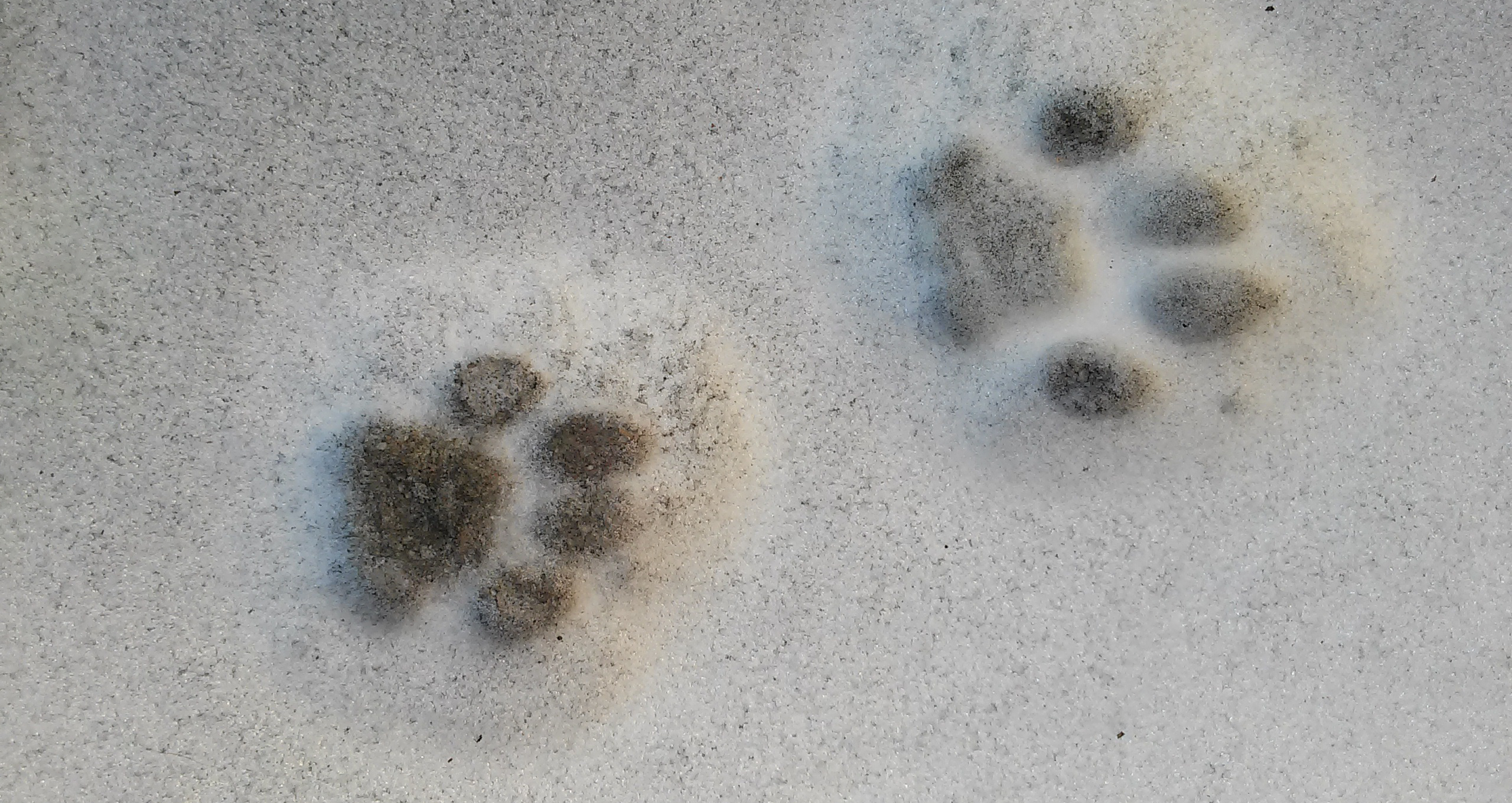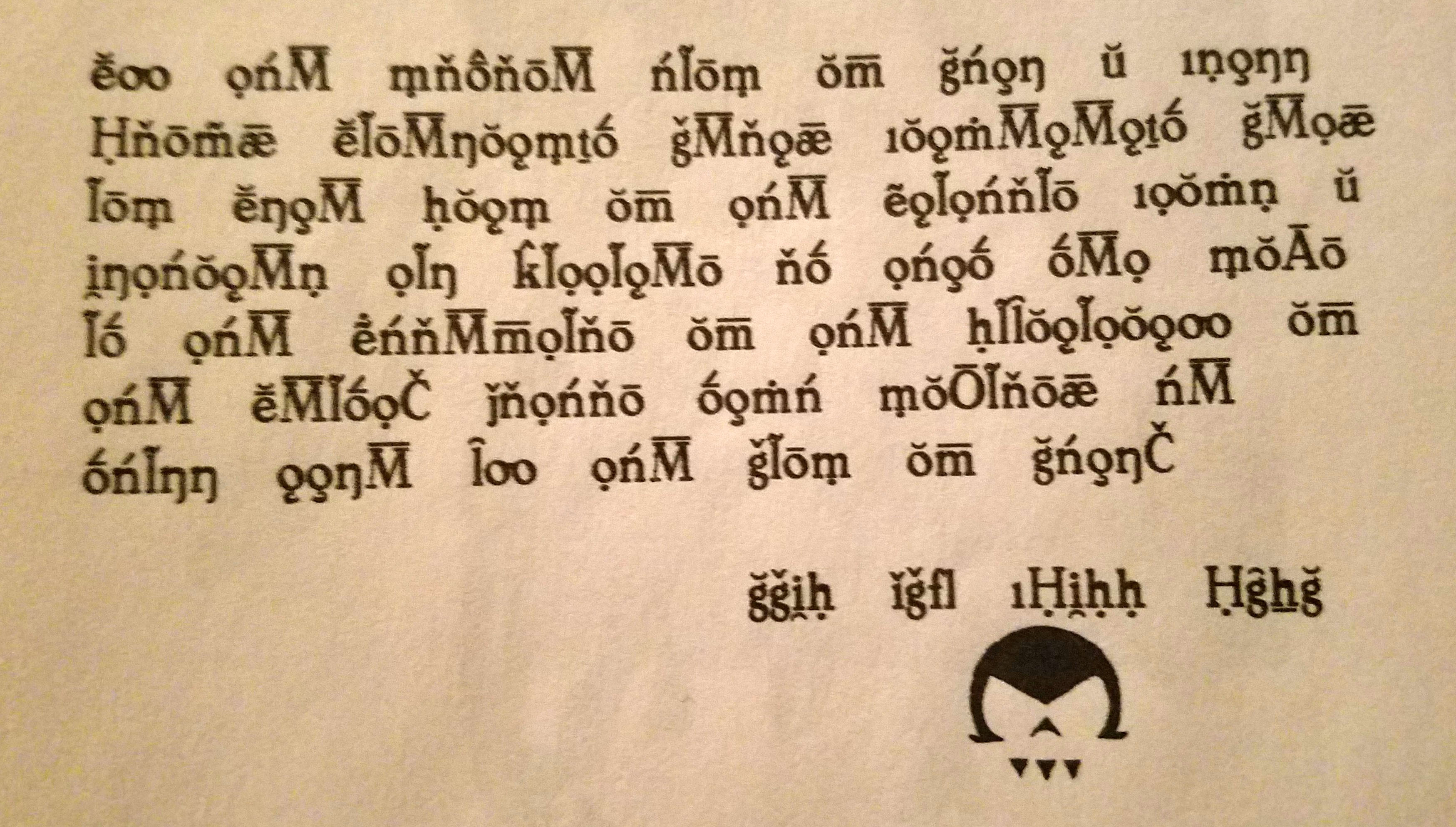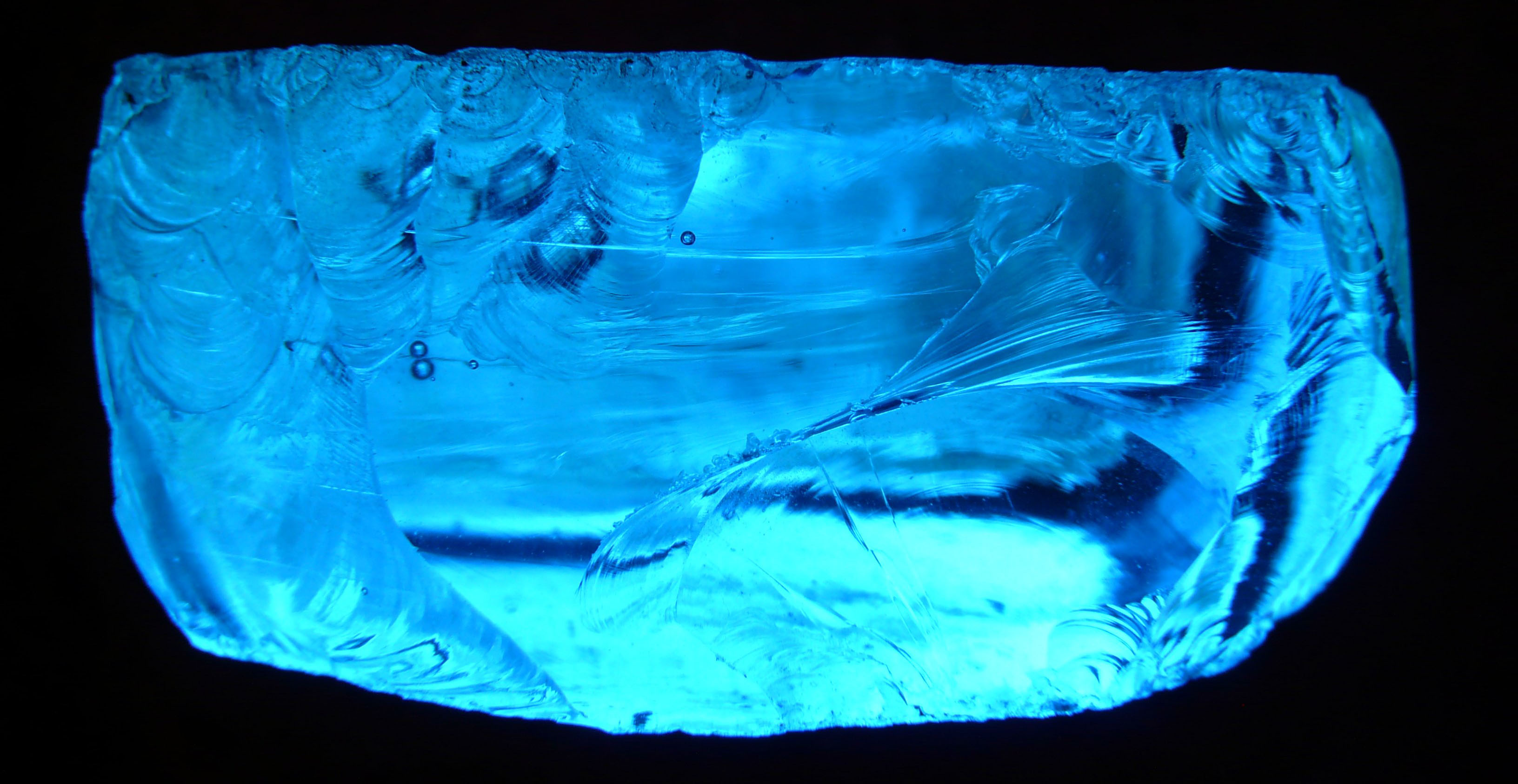USING KAOSTECH
ACTIVATION: Using a kaostech device is rarely easy or straightforward: Strange switches, levers, dials, or even more obtuse mechanisms are involved. Sometimes one lever must be positioned in precisely the right orientation before another switch will function (or even appear). Or perhaps two switches must be activated at the same time. Or a dial turned only once the device has been oriented in a particular way. There is no internal logic to it, and even two devices with the same function might have different appearances and different means of activation.
Activating a Kaostech Device: Some kaostech devices, particularly those which are worn, are simply use-activated, but many require the use of a lever or switch. Using a lever to activate a kaostech device is a standard action. Using a switch is a free action.
Some kaostech devices must be controlled (or can be controlled) through the use of a headclamp (see item descriptions).
Determining Activation: In order to figure out how to use a particular kaostech device, a character must make a Craft Kaostech check (DC 20). Success means that the character can activate the item, although they may still not know what it does (unless its function is obvious).
Intrinsic Devices: An intrinsic kaostech device must be grafted or implanted into a host before it can be used. (A non-intrinsic device, on the other hand, can be used like any other piece of equipment.) Creatures without a Constitution score cannot use intrinsic kaostech items, although a demonic converter allows corporeal undead to use them. Incorporeal creatures and constructs can never use intrinsic kaostech.
ACTIVATION METHODS
Headclamp: Some kaostech devices can be controlled through the use of a headclamp.
Lever: A lever refers to an activation device that must be positioned precisely or is otherwise complex. For example, a metal handle with multiple positions; a cord that must be pulled to a specific length; or a liquid-filled bag that one must squeeze. Activating a device with a lever is a standard action.
Switches: A switch refers to an activation device with a simple on-off position or a similarly easy-to-use mechanism. For example, a glass panel that the user taps; a rotating ball that must be spun; or a cord that must be sharply pulled. Activating a device with a switch is a free action.
Use-Activated: Some kaostech items are activated simply by wearing them or wielding them. However, this may not always be obvious. For example, a pair of clarity goggles might initially have the appearance of a small metal box which must be twisted and turned in a specific sequence in order to unfold the goggles into a wearable form.
CHAOTIC FAILURE
CHAOTIC FAILURE: It is not necessary to keep track of uses or charges when using kaostech devices. The user simply waits until it fails. Such is the unpredictable nature of chaos.
Failure Check: When a character makes a check to use a kaostech device, a natural die roll of 1 indicates that the item is drained of power and can no longer be used, not matter how many uses it has been since it was last refueled.
If a device has no roll associated with its use, roll 1d20 when activating it. If it has no set activation, or if it goes for a long time between activations, make at least one check daily to determine whether the device fails when used.
Unused items require no checks. Some item descriptions specify how often checks should be made.
Backlash or Necrosis Check: If a device suffers a chaotic failure, immediately make another check by rolling 1d20. In the case of another roll of 1, a bone of steel has suffered chaotic backlash and a betrayal of the flesh has suffered chaos necrosis (see below).
Reactivation: If a device suffers chaotic failure but does not suffer chaotic backlash or chaotic necrosis, it can be reactivated. A bone of steel can be reactivated by infusing it with raw chaos (see below). A betrayal of the flesh can be reactivated by treating it with a dose of nutrient solution (see item descriptions).
CHAOTIC BACKLASH: When a bone of steel fails, make another check by rolling 1d20. In the case of another roll of 1, the device overloads, explodes, or melts down in a dramatic and dangerous way, inflicting 3d6 points of damage to anyone within 10 feet (Reflex saving throw, DC 18, for half; no saving throw allowed for characters touching the item). The device is utterly destroyed in the case of such a backlash.
CHAOTIC NECROSIS: When a betrayal of the flesh fails, make another check by rolling 1d20. In the case of another roll of 1, the device immediately begins dying and enters a state of chaotic necrosis. A device suffering from chaotic necrosis dies after 1 hour unless they have been successfully treated by a chaos surgeon. This treatment requires 10 minutes, a successful Chaos Surgery check (DC 25), and materials worth 1/10th the creation cost of the device.
If an intrinsic device dies for any reason, it becomes a rotting mass of cancerous flesh. Its host suffers 1 point of Constitution drain every day until the device is removed.
RAW CHAOS
Raw chaos is a viscous fluid that appears at once to be dull gray and a gleaming mass of every scintillating color that exists. Raw chaos is perhaps one of the most dangerous substances in the universe, destroying everything it touches if not handled properly.
USING RAW CHAOS: Raw chaos can only be safely stored in a chaos storage cube. These small gray boxes are about 3 feet to a side and perfectly featureless. A chaos siphon allows one to remove a splash of raw chaos from the cube (see item description).
A splash of raw chaos can be used to reactivate a kaostech device that has suffered chaotic failure. A splash of raw chaos is also required whenever a kaostech device is created.
EFFECTS AND DAMAGE: Raw chaos ignores hardness and damage reduction, treating all matter and flesh the same. A splash of raw chaos inflicts 10d6 damage on anything it touches — the matter simply burns away in a cloud of steamy vapor.
Puncturing or destroying a chaos storage cube (hardness 10, 50 hp, Break DC 30) releases the chaos in one burst, inflicting 20d6 points of damage in a 100-foot spread.
Immersion in raw chaos inflicts 20d6 points of damage per round.
Raw chaos spilled on the floor may eat through the floor. If it inflicts damage in excess of the floor’s hit points, it continues down to the level below (if any) and burns whatever is there.
Exposed raw chaos consumes even the air given enough time. Left in a perfectly sealed 10-foot cubic chamber, a small bit of raw chaos would destroy all the air in the room in about five hours, leaving nothing but vacuum.
SUSTENANCE
Because they are organic devices, betrayals of the flesh are creatures unto themselves, at least from a limited perspective, and require sustenance.
PARASITE: When an intrinsic betrayal of the flesh becomes a part of a host, it lives like a parasite, gaining its nutrition and energy from the host. Every other day, the host suffers 1d2 points of Constitution damage. (However, a nutrient salve can be used to alleviate this damage.)
If an intrinsic device dies for any reason, it becomes a rotting mass of cancerous flesh. Its host suffers 1 point of Constitution drain every day until the device is removed.
NUTRIENT SOLUTION: When not attached to a host, betrayals of the flesh must be treated with a dose of nutrient solution once per week or they die, becoming useless. (Betrayals of the flesh which need to be stored for long periods of time are often immersed in baths of nutrient solution, allowing them to consume it slowly without the need for attendants.)
TAINT OF KAOSTECH
All kaostech items are at least faintly tainted, although some kaostech items suffer from full taint, as noted in their descriptions. An area which has been used to create more than 1d6 kaostech items becomes a faintly tainted place. A faintly tainted place that has been used to create an additional 10d10 items becomes a fully tainted place.
INTRINSIC DEVICES: Each intrinsic device the character has implanted or attached to their body increases the DC of the Fortitude save required to resist the taint by 1. If any of the intrinsic devices are fully tainted objects, this increased DC stacks with the normal increase for carrying multiple tainted objects.
IDEOLOGICAL CHANGE: When a character suffers a point of taint from kaostech they must immediately make a Will save (DC 20). Failure means that the character’s alignment shifts one step towards chaos. Thus, if they are lawful, they become neutral. If they are neutral, they become chaotic. A chaotic neutral or chaotic evil creature is immune to ideological change, but a chaotic good character must continue making saving throws to avoid becoming chaotic neutral.

